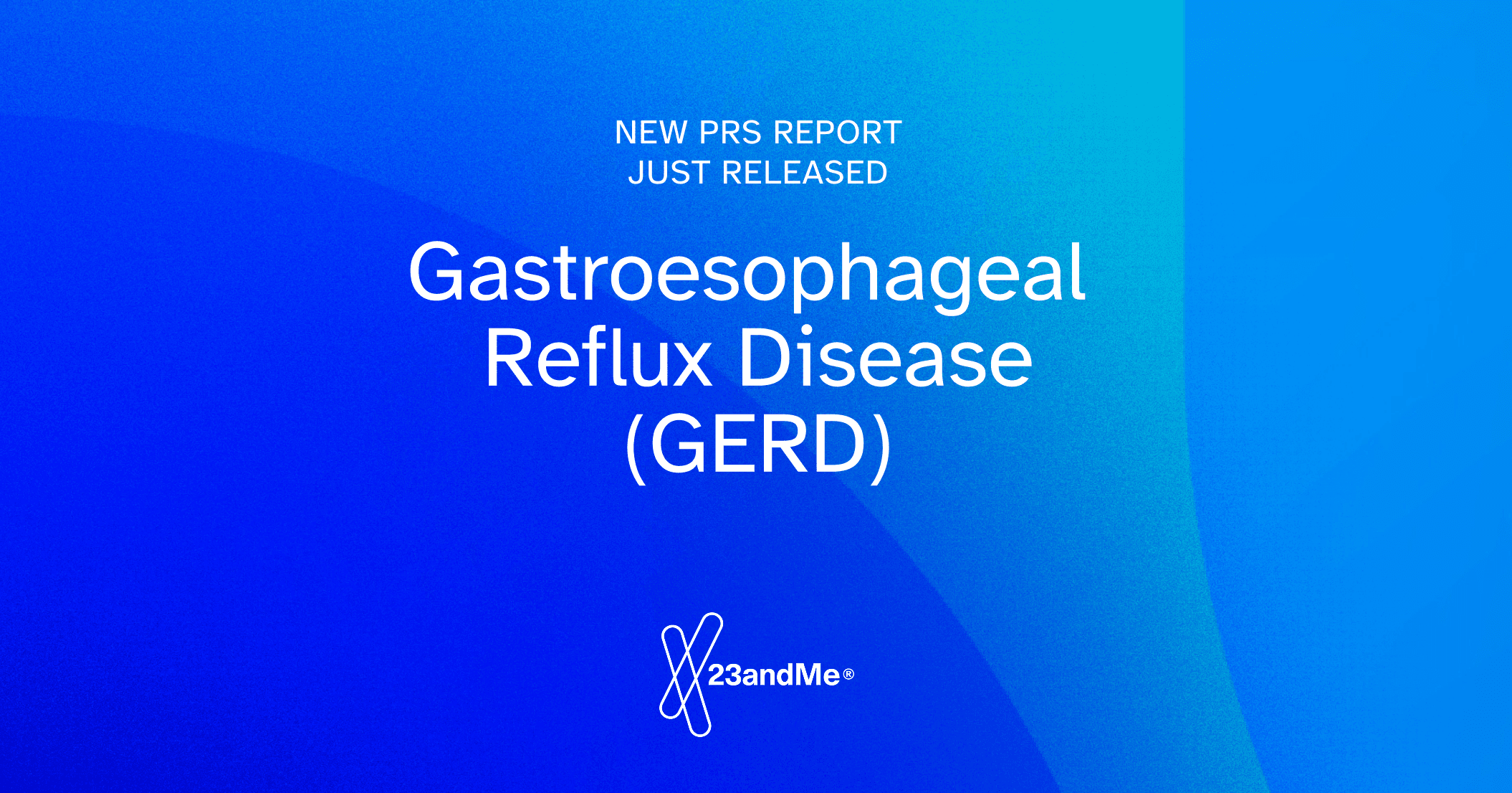
The past year in genetics has held no shortage of surprises. Fossilized bone fragments helped to rewrite parts of the Neanderthal story, including how some bands migrated and lived. A team of researchers in Spain learned that doppelgangers have more in common than meets the eye. The phrase “super-dodger” officially entered the COVID-19 lexicon. A new analysis confirmed what anyone who’s ever hit a dance floor already knows–the ability to move in time to a beat is partly genetic.
From significant discoveries that moved the field forward to work that improved upon existing findings, here are some of the year’s milestones.
A Neanderthal family portrait
Deep inside a cave in southern Siberia, researchers discovered the fossilized bone fragments of the first-known Neanderthal family.
DNA analysis of these fragments offered rare insights into Neanderthals’ lives – depicting their social structures, migratory patterns, and relationships.
Are you a superdodger?
In 2022, a new term entered the COVID-19 lexicon: superdodger. A superdodger is someone who appears to have avoided COVID infection despite multiple exposures to new variants and waves.
Scientists were so puzzled by these virus evaders they began to look for genetic clues. Research out of UCSF revealed a genetic variant in a gene called HLA that clears the virus rapidly. “The immune response gets just kind of fired up much more quickly,” explained Jill Hollenbach, an immunogeneticist at UCSF. “So that you basically nuke the infection before you even start to have symptoms.”
More than a look-alike
Your doppelganger may share more than just your physical characteristics–they may also share similar DNA.
Researchers in Spain compared and analyzed the DNA of doppelgangers who had participated in a photography series on look-alikes by Canadian artist François Brunelle. They found that people with very similar faces also shared many of the same genetic variants.
You’ve got the music in you
When your favorite song comes on the radio, can you tap, clap, and dance in time to its beat?
Researchers at Vanderbilt University and 23andMe found more than 60 genetic links to the ability to move in time to musical rhythm – an important first step in understanding the genetic architecture of musicality.
Polygenic risk scores go mainstream
Polygenic risk scores, DNA-based tools that enhance our ability to predict the risk of common diseases, made headlines this year. Researchers worldwide developed new scores for common conditions like type 2 diabetes, knee and hip osteoarthritis, cardiovascular disease, glaucoma, and more. Here at 23andMe, researchers developed scores that formed the basis for 12 new reports.
All of this work suggests that we’re closer than ever to realizing the promise of polygenic risk scores. As risk prediction continues to improve, these tools can inform treatment decisions, guide lifestyle modifications, and influence disease screening.
Francis Collins’ next act
After more than 12 years as the director of the NIH, physician-geneticist Dr. Francis Collins announced he would step down to return to his lab at the National Human Genome Research Institute and join President Biden’s administration as an acting science adviser.
Dr. Collins brought his diplomatic skills and expertise to the job of NIH director. Highlights of his tenure include co-launching the Cancer Moonshot Initiative, which aims to speed progress in cancer research and prevention, navigating the COVID-19 pandemic, and supporting research for mRNA vaccines.
A new era of drug discovery
A 2022 study found that 33 of the 50 drugs recently approved by the Food and Drug Administration were supported with genomic data – making it clear that genetic insights will play an increasingly important role in developing new therapies for people who need them most.
23andMe has long envisioned a model of drug discovery fueled by human genetics. This year, we moved closer to making that a reality. Our therapeutics team recently initiated a Phase 1 clinical trial for a potential new cancer treatment, an immunotherapy antibody called 23ME-00610.
Tall order
The largest genome-wide association study ever done found nearly all the common genetic variants that explain the heritability of height among people of European ancestry, and, in the process, may have set the framework for future genetic research into other traits and diseases.
Using data from about 5.4 million individuals, almost half of whom were 23andMe customers who consented to participate in research, the GIANT study identified 12,111 variants that help explain 10 to 40 percent of all variation in height, depending on a person’s ancestry. They cluster around parts of the genome involved in skeletal growth.




